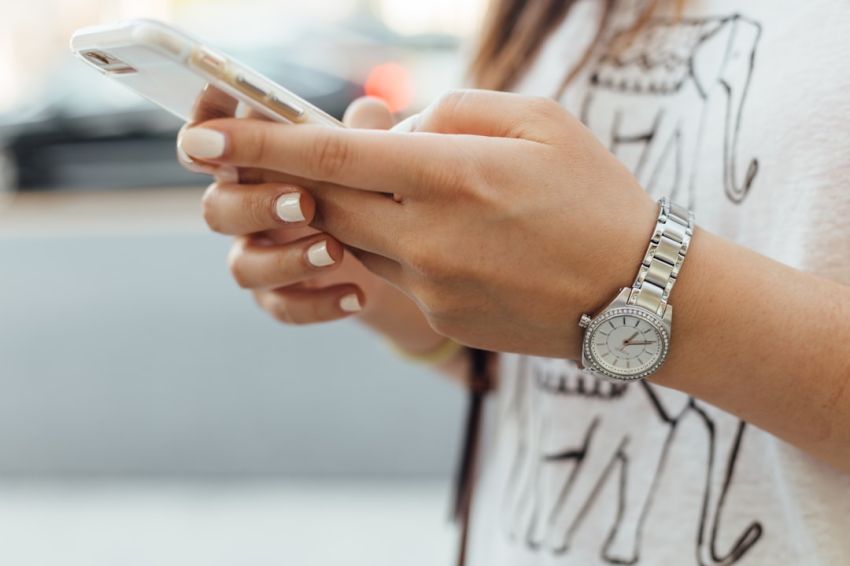How Secure Are Mobile Payment Apps?

Mobile payment apps have revolutionized the way we handle financial transactions, offering convenience and efficiency at our fingertips. With just a few taps on our smartphones, we can pay for groceries, split bills with friends, or shop online without the need for physical cash or cards. However, as convenient as mobile payment apps may be, the question of security looms large. How secure are these apps, and can we trust them with our sensitive financial information?
**Data Encryption**
One of the key security measures in mobile payment apps is data encryption. Encryption technology scrambles the data being transmitted between your device and the app’s servers, making it unreadable to anyone who intercepts it. This ensures that your financial information, such as credit card details and personal data, remains secure during transactions. Look for apps that use strong encryption protocols, such as SSL/TLS, to protect your data from potential cyber threats.
**Biometric Authentication**
Many mobile payment apps now offer biometric authentication options, such as fingerprint or facial recognition, to verify transactions. These biometric features add an extra layer of security by ensuring that only you can authorize payments using your unique biometric markers. This significantly reduces the risk of unauthorized access to your account, as biometric data is much harder to replicate or steal compared to passwords or PINs.
**Tokenization**
Tokenization is another security feature employed by mobile payment apps to enhance the protection of your financial information. Instead of storing your actual credit card details on your device or the app’s servers, tokenization replaces this sensitive data with a unique token. This token is used to complete transactions, keeping your actual card details safe from potential breaches or hacks. Even if a cybercriminal manages to intercept the token, it is useless without the corresponding encryption key.
**Multi-factor Authentication**
Multi-factor authentication (MFA) adds an extra layer of security by requiring users to provide multiple forms of verification before accessing their accounts or authorizing transactions. This could include a combination of something you know (password or PIN), something you have (mobile device or security token), or something you are (biometric data). By implementing MFA, mobile payment apps make it significantly harder for unauthorized users to gain access to your account, even if they have some of your login credentials.
**Regular Security Updates**
Mobile payment apps should regularly release security updates to patch any vulnerabilities or weaknesses that could be exploited by cyber attackers. It’s crucial to keep your app up to date to benefit from the latest security enhancements and protect your financial data. Additionally, stay informed about any security breaches or vulnerabilities reported in the app you are using and take appropriate action, such as changing passwords or monitoring your transactions for any suspicious activity.
**User Education and Awareness**
While mobile payment apps employ various security measures to protect your data, users also play a crucial role in ensuring the security of their transactions. It’s essential to educate yourself about the potential risks associated with mobile payments and follow best practices, such as setting strong passwords, enabling biometric authentication, and avoiding public Wi-Fi networks when making transactions. Stay vigilant and report any suspicious activity or unauthorized transactions immediately to your app provider.
**Final Thoughts on Mobile Payment App Security**
In conclusion, mobile payment apps offer a convenient and efficient way to handle financial transactions, but their security measures are paramount to protecting your sensitive data. By choosing apps that prioritize data encryption, biometric authentication, tokenization, multi-factor authentication, and regular security updates, you can mitigate the risks associated with mobile payments. However, user education and awareness are equally important in safeguarding your information from potential cyber threats. Stay informed, stay vigilant, and make informed decisions when using mobile payment apps to ensure a secure and seamless financial experience.